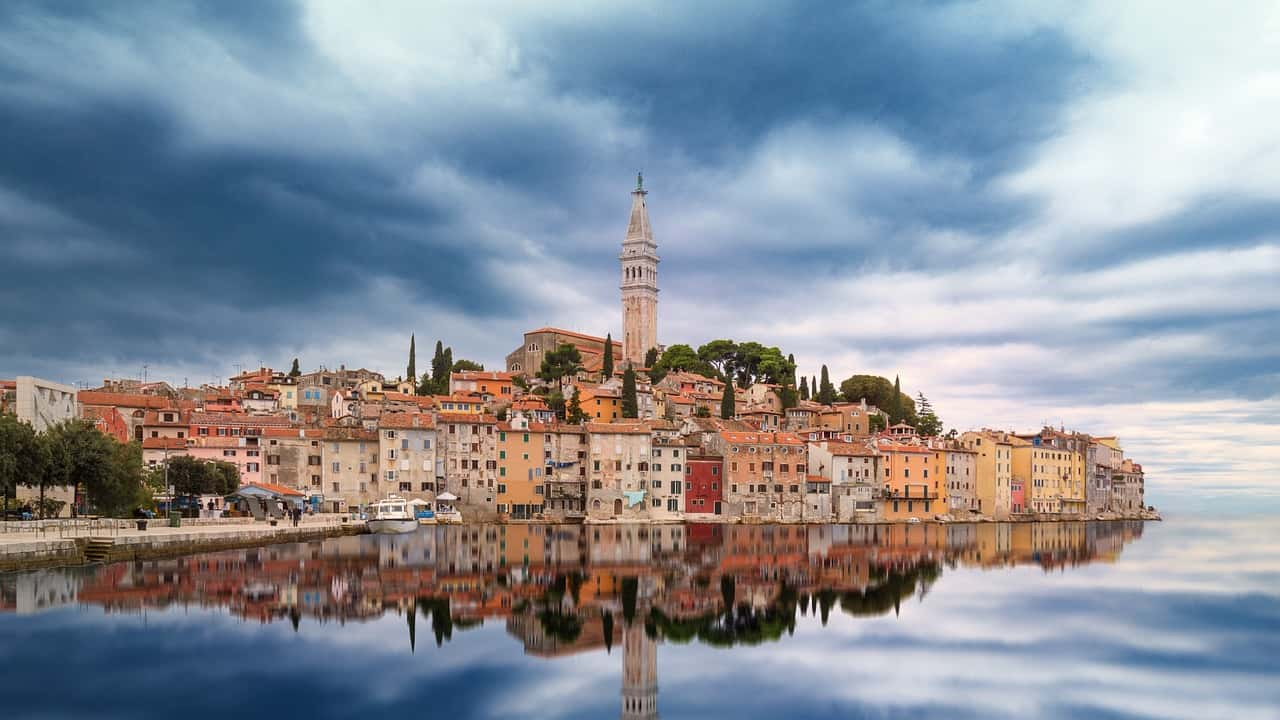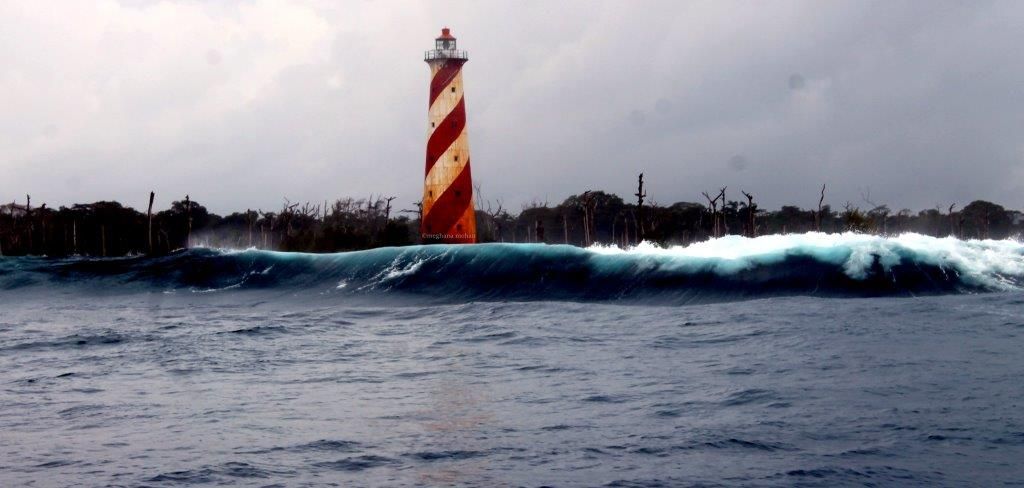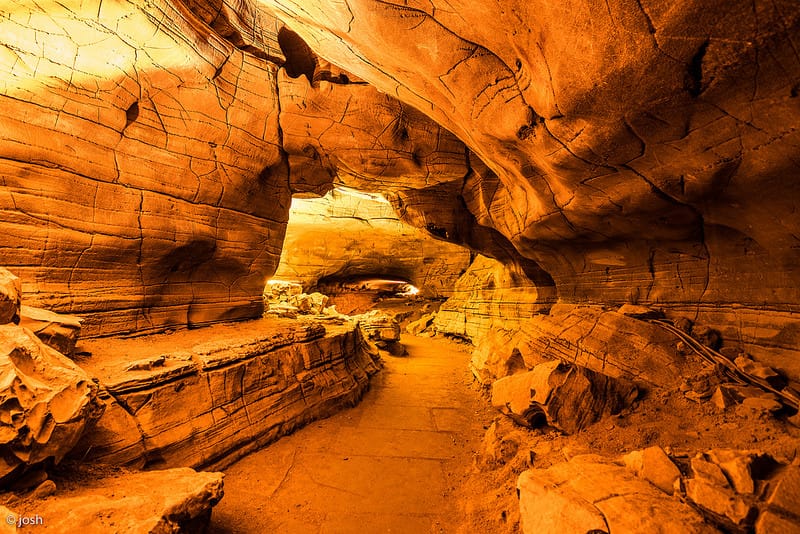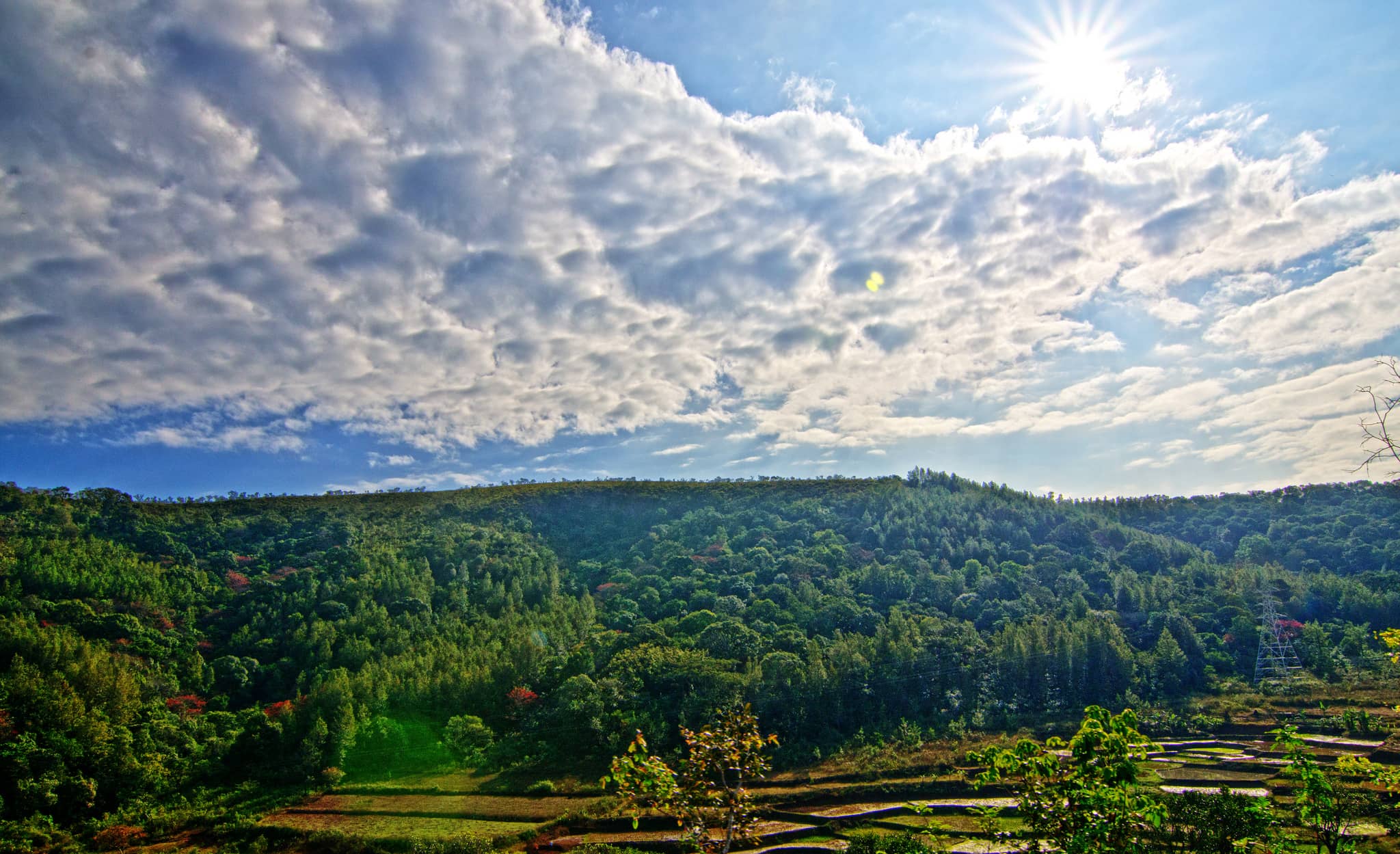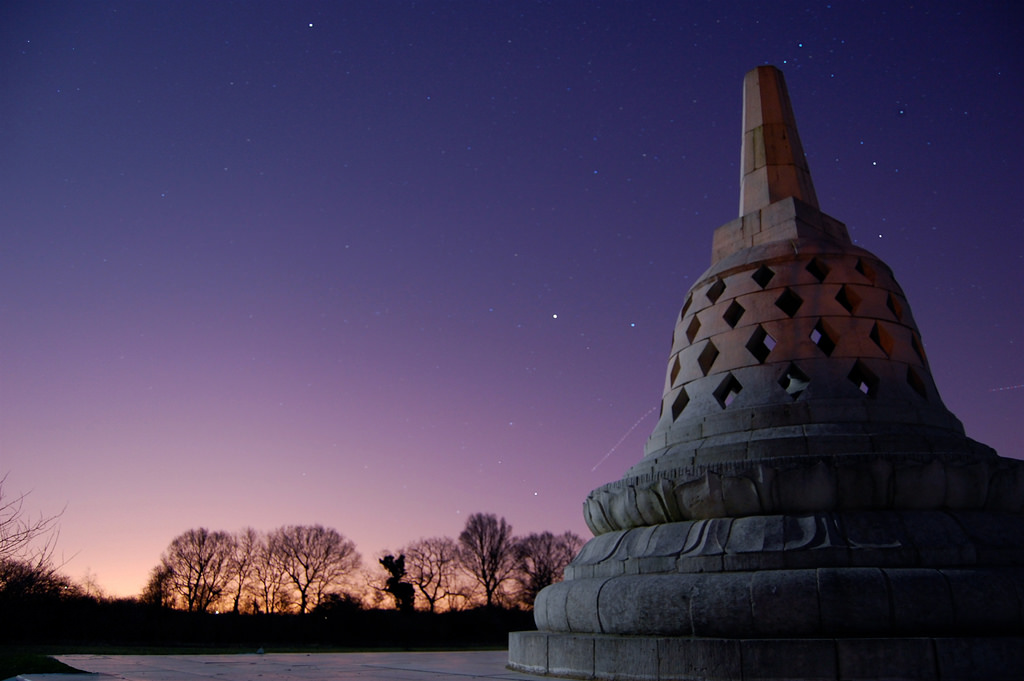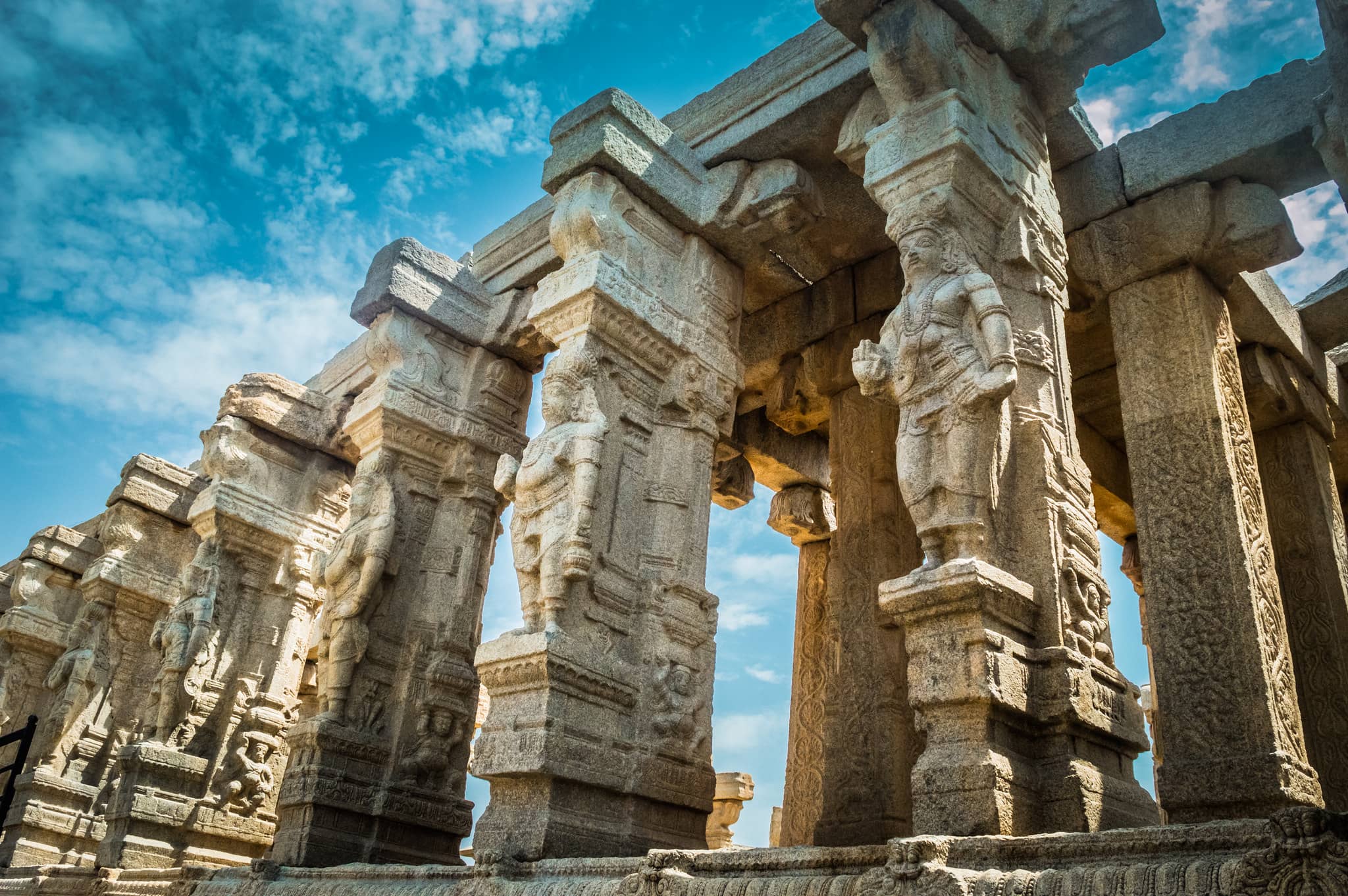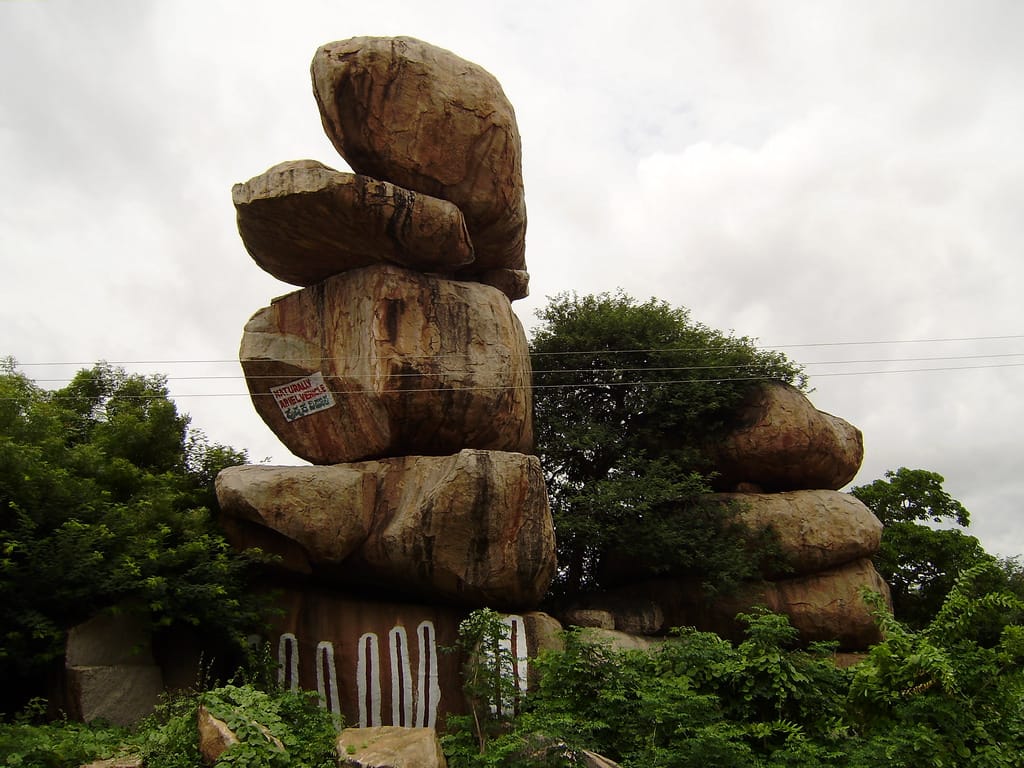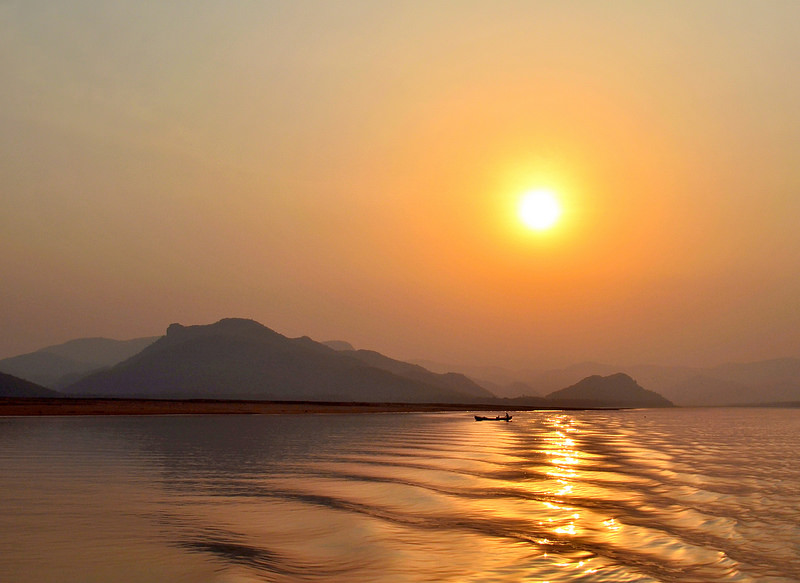Croatia is a beautiful country in Eastern Europe with a long coastline along the Adriatic Sea. It has over a thousand islands and is also home to the Dinaric Alps. The capital city, Zagreb, is inland and known for its historic Upper Town and many interesting museums. On the coast, Dubrovnik is famous for its huge stone walls from the 16th century and old buildings in Gothic and Renaissance styles. In the Dalmatia region, the city of Split is built around the ancient Diocletian’s Palace, which dates back to Roman times.
Croatia’s beaches and islands are most popular during the summer and many have spots for camping with tents or trailers. The island of Hvar is known for its luxury, attracting yachts and celebrities, while Korčula is loved for its pine trees, local wines, and medieval Old Town. The famous Plitvice Lakes National Park is known for its bright blue lakes and stunning waterfalls. Croatian food is rich and varied, influenced by Italian, Hungarian, Turkish, and Slavic cuisines.
Croatia – places to visit in Croatia
Plitvice Lakes National Park
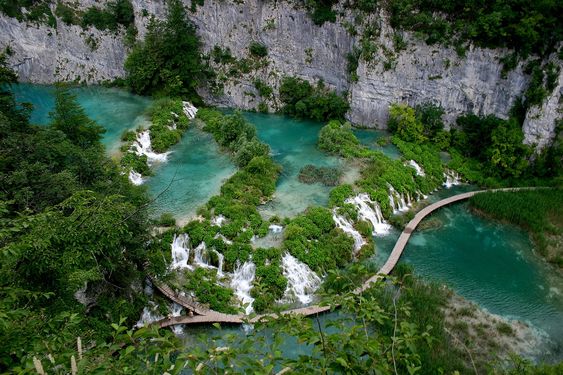
Plitvice Lakes is one of Croatia’s biggest and oldest national parks and a UNESCO site.
It features 16 beautiful lakes connected by waterfalls, all in a scenic limestone valley.
You can walk on wooden paths and hike trails that go around the lakes.
An electric boat connects the upper 12 lakes with the lower 4 lakes.
The area is full of greenery and crystal-clear waters.
It’s perfect for nature lovers and photographers.
This park is open year-round and changes with every season.
Krka National Park
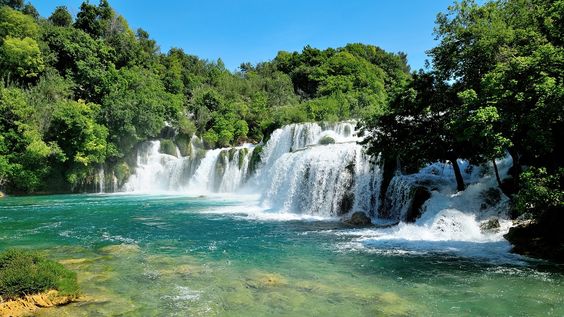
Krka National Park is named after the Krka River that runs through it.
It’s home to hundreds of plant species and many unique fish.
There are also beautiful waterfalls and calm swimming spots.
Visitors can explore the area on walking trails or by boat.
You’ll find museums, shops, and restaurants inside the park.
The park is great for both relaxation and learning about nature.
It’s a peaceful spot with a lot of natural beauty to enjoy.
Hvar

Hvar is a sunny island in Croatia, known for its summer fun.
Its main town has old stone walls, a castle, and a big square with a church.
Lavender fields and beaches like Dubovica add to the charm.
The island is popular with tourists for its warm weather and sea views.
You can take boat trips to nearby quiet islands called the Pakleni Islands.
There are lots of cafes, bars, and historic sites to visit.
It’s a top spot for both relaxation and nightlife.
Korčula

Korčula is a green island in the Adriatic Sea.
It was called “Black Korčula” by the Greeks because of its thick forests.
The island has a lovely walled old town with stone streets and squares.
Events and festivals are common in summer, drawing many visitors.
It’s known for local wine, traditions, and medieval charm.
You can enjoy beaches, bike rides, or explore the old buildings.
It’s a peaceful island with a lot of culture and nature.
Brač
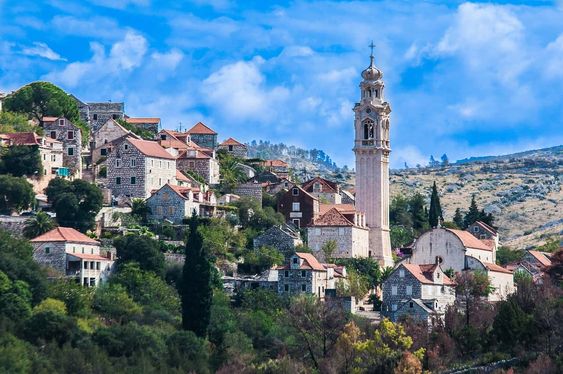
Brač is a Croatian island famous for Zlatni Rat, a beach with white pebbles.
This beach is great for windsurfing and sunbathing.
The main town, Supetar, has a pretty curved beach and ferries from Split.
Pučišća, another town, is known for its old stone houses and stone quarries.
Brač is a mix of beach fun, local life, and natural beauty.
You can relax or explore the island’s scenic trails.
It’s a favorite for families and adventure seekers alike.
Vis

Vis is a quiet Croatian island off the Dalmatian coast.
The town of Vis has old city walls and Roman baths.
The Levaman Fortress holds a museum with ancient artifacts.
A bronze head of the goddess Artemis is one of the main exhibits.
You can also visit St. Jerome’s Church, built on Roman ruins.
Vis is known for its peaceful vibe and history.
It’s a great place for those who love culture and calm surroundings.
Pula Arena

The Pula Arena is a Roman amphitheater in the city of Pula.
It’s one of the best-preserved arenas in the world with all four towers intact.
Built between 27 BC and 68 AD, it could hold thousands of people.
There were underground tunnels for animals and fighters.
Gladiator shows were held here in ancient times.
Today, it’s used for events and concerts.
It’s a must-see for history fans visiting Croatia.
Lokrum

Lokrum is a small island just off the coast of Dubrovnik.
It’s known for its peaceful gardens and natural beauty.
Austrian archduke Maximilian once had a retreat here.
You’ll find a monastery, botanical gardens, and peacocks roaming freely.
The French built Fort Royal at the top of the island during Napoleon’s time.
It offers great views of Dubrovnik from above.
You can reach Lokrum by a short boat ride from the city.
Museum of Broken Relationships
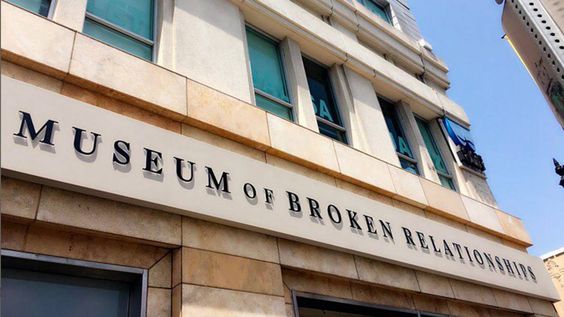
This museum in Zagreb is all about lost love and heartbreak.
People from all over the world have donated items from past relationships.
Each item comes with a short story or message.
It’s both touching and sometimes funny or sad.
The museum shows how love is different but also the same everywhere.
It also has an online part where you can share your own story.
It’s a unique and emotional place to visit.
Rector’s Palace
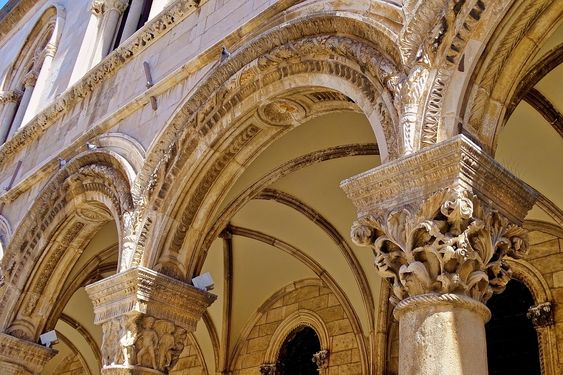
The Rector’s Palace is a beautiful building in Dubrovnik’s Old Town.
It used to be the home of the city’s leader when it was a republic.
Built in a mix of Gothic, Renaissance, and Baroque styles, it’s a work of art.
Today, it is a museum that shows Dubrovnik’s rich history.
You’ll see old furniture, documents, and portraits from the past.
It’s located near many other famous landmarks.
The palace is a peaceful spot full of stories from centuries ago.
Top destinations in Croatia
Dubrovnik
Dubrovnik is a historic city in southern Croatia, located by the Adriatic Sea.
Its famous Old Town is surrounded by large stone walls built in the 1500s.
Inside, you’ll find well-preserved buildings like the Baroque-style St. Blaise Church and the Renaissance Sponza Palace.
The Gothic Rector’s Palace, now a museum, shares the city’s rich past.
The main street, Stradun, is paved with stone and lined with shops and restaurants, perfect for a walk.
Split
Split is a coastal city on Croatia’s Dalmatian coast known for its beaches and ancient ruins.
At its heart lies Diocletian’s Palace, built in the 4th century by a Roman emperor.
Today, the palace ruins include over 200 buildings, such as homes, shops, and cafes.
Wandering through its stone walls and courtyards feels like stepping back in time.
Split mixes history with a lively seaside vibe, making it a top destination.
Zadar
Zadar is a coastal city in Croatia with a rich Roman and Venetian history.
Its Old Town sits on a small peninsula and features ancient gates and stone walls.
You can visit St. Mary’s Convent with its old religious art and the 12th-century St. Anastasia’s Cathedral.
The Church of St. Donatus, built in the 9th century, is a unique round church from early medieval times.
Zadar blends history with charm, perfect for sightseeing.
Zagreb
Zagreb is the capital of Croatia, located in the country’s northwest.
The city is known for its elegant buildings from the 18th and 19th centuries.
Upper Town features landmarks like the Zagreb Cathedral and St. Mark’s Church, famous for its colorful roof tiles.
Tkalčićeva Street nearby is a fun place to relax, full of cafes and people.
In Lower Town, you’ll find busy squares, museums, shops, and beautiful parks.
Best time to visit Croatia
The best time to visit Croatia is from July to August, when the weather is warmest and sunniest.
This is perfect for enjoying the beaches, islands, and outdoor festivals.
The coast has a Mediterranean climate, with hot, dry summers and mild winters.
In contrast, the inland regions have a continental climate, with hotter summers and snowy winters.
It’s the ideal time for both coastal adventures and exploring historic cities.
